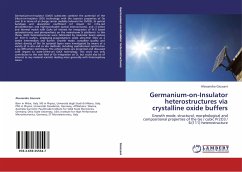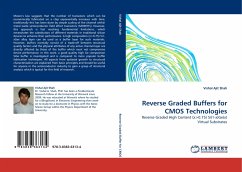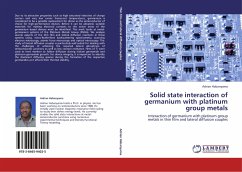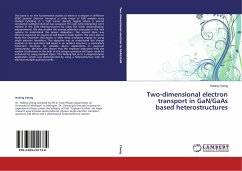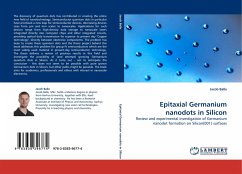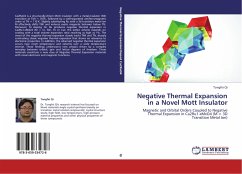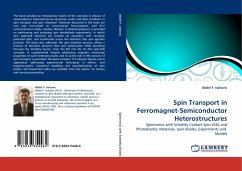Germanium-on-Insulator (GeOI) substrates combine the potential of the Silicon-on-Insulator (SOI) technology with the superior properties of Ge over Si in terms of a) charge carrier mobility (relevant for CMOS), b) optical bandgap and absorption coefficient (of impact for infra-red photodetectors and high-bandwidth optical interconnects), and c) lattice and thermal match with GaAs (of interest for integration of III-V based optoelectronics and photovoltaics on the mainstream Si platform). In this thesis, GeOI heterostructures were fabricated by molecular beam epitaxy on Si(111) wafers, employing praseodymium oxide ultra-thin films as a lattice intermediary and barrier. Growth mode, crystalline quality and defect density of the Ge epitaxial layers were investigated by means of a variety of in situ and ex situ methods, including sophisticated synchrotron x-ray diffraction techniques. The achievements are presented and discussed with respect to state-of-the-art GeOI technology. This work not only contributes to the vast field of Ge integration on Si, but could also be of interest to any material scientist dealing more generally with heteroepitaxy issues.

